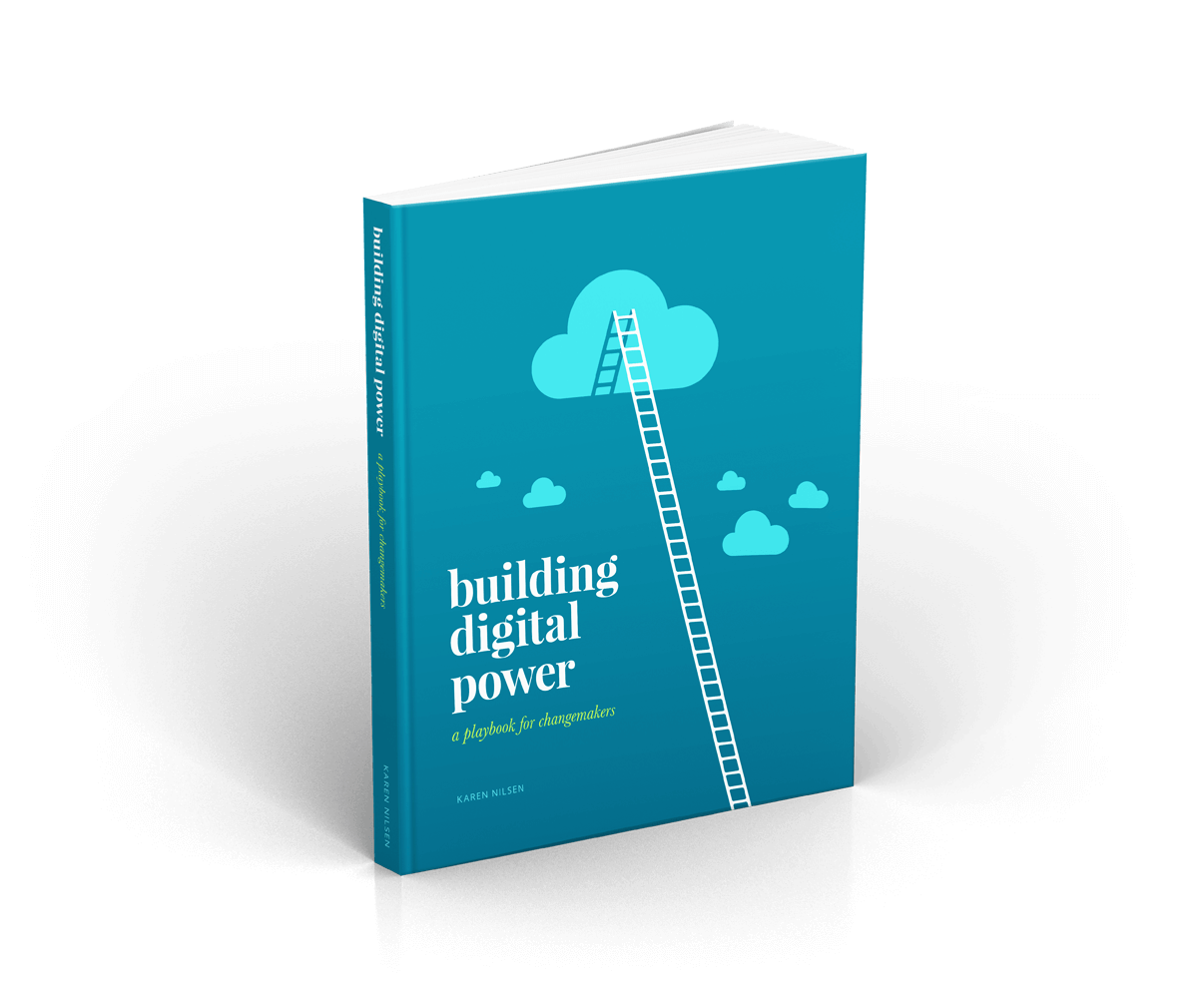Segmenting for ‘Behavior’ vs ‘Intention’
When it comes to targeting the best supporters for specific activities, many of us are using (or have used) the sub-list model. You know—the ‘list within the list’ approach. This involves recruiting supporters onto purpose-designed lists that generally rely on the intentions of supporters when they sign up.
Here’s the problem: motivations change. Even a supporter’s most sincere intentions will rarely reflect what they’ll do over a sustained period of time. Anyone who has seen a well-worn sub-list take a nose-dive on engagement knows this to be true.
Sometimes, sub-lists really are the best way to segment. Perhaps you run a sensitive program that’s closed to outside recruits. Or maybe you deliver news alerts or recipes to those who’ve requested them. But for the most part, high frequency sub-lists bleed engagement because stated intentions can never keep pace with shifting motivations. We need better ways to fuel ongoing actions that don’t burn out (what should be) our most engaged supporters.
Should subscription preference pages address this? To an extent. But most supporters will start to tune out long before they think to adjust their preferences (if they ever do).
What if you could anticipate your supporters’ preferences before they adjusted them? That’s effectively what segmenting for behavior (rather than intentions) allows you to do.
The best predictor of future behavior is past behavior
Behavior-based segmentation enables you to proactively target the most suitable candidates for any action—without requiring anyone to opt in and out of sub-lists. This lets subscribers self-select for higher frequency actions and lets you ease off at early signs of fatigue.
The process is simple: to find people most suited to your action, segment for people who have completed similar actions recently.
That’s it.
A (more complex) donor-equivalent of this approach is RFV segmentation. Both systems work based on a single insight: we are most likely to repeat the actions we’ve performed most recently. In either case, behavior-based segmentation lets you maximize the size of your warm audience by looking to your full list for the best candidates at any moment in time. This proven tactic will, by definition, offer you a larger and more responsive recipient list.
Unlock more digital strategy secrets.
Free eBookThree ways to boost the impact of behavioral segmentation
- Spread the load by dividing your larger, more responsive warm audience into sub-segments.
- Rotate any high-frequency asks across a series of these sub-segments to keep action counts high and avoid pushing your supporters’ frequency tolerance.
- Get a jump on fatigue by proactively using the full gamut of fatigue-mitigating tactics. Be engaging. Embed a strong theory of change in each message. If you don’t have to send the same thing to the same people every day, you can afford to be more creative.
New things can be scary. But relax—you don’t need to abandon your sub-lists overnight. Test drive behavior-based segmentation until you are ready to wean yourself off any unsustainable sub-lists for good.
Choose action-oriented entry points to attract the best-suited supporters
Since you’ll no longer have use for sub-list signup forms, you’ll want another way to attract new candidates for your actions. Behavior-oriented strategy can help with that, too. List-building theory tells us that if we want to attract active supporters, we should use active email list entry points. (It also suggests that if we use list signup forms, we’ll probably attract people who like to identify as action takers; not necessarily people who like taking action.)
Embed contact capture into action forms that resemble the types of actions you most need supporters to regularly engage in. For example, if your regular actions involve corporate or political lobbying, use a list-building action form that sends messages to a political or corporate target, and segment for those action takers. Add to this by using email click data to identify and segment for repeat action-takers as well.
Here are five compelling reasons to use action forms as your primary list-building entry points (instead of sub-list signup forms).
- They convert at higher rates. Take advantage of immediacy and a concrete theory of change to drive up conversions.
- They’re more shareable. Organic sharing will take some of the effort out of promoting your list building entry points. Your supporters will promote them for you!
- They maximize the impact of an initial engagement. Don’t squander the potential of that first interaction: gain a meaningful campaign outcome during the signup process—because you can.
- They empower your supporters. Engaging new supporters in meaningful actions will immediately set the tone for their ongoing engagement with you.
- They show by example. A real-world action form sets clear expectations for future engagement and removes any ambiguity about the types of requests you’ll be making of your supporter. This boosts the likelihood that you’ll attract people to your list who are keen to respond to your actions.
Segmenting for High and Low Engagement
The needs of supporters at opposite ends of the engagement spectrum are very different. So are the opportunities. If you are tracking your email broadcasts, you should have an idea who’s opening your emails, who’s clicking, who’s...
4 minute readThe needs of supporters at opposite ends of the engagement spectrum are very different. So are the opportunities. If you are tracking your...
Continue →Get a free weekly digital strategy tip:
Unsubscribe any time. We respect your data. View the privacy policy.
Like this tip? Share it!






